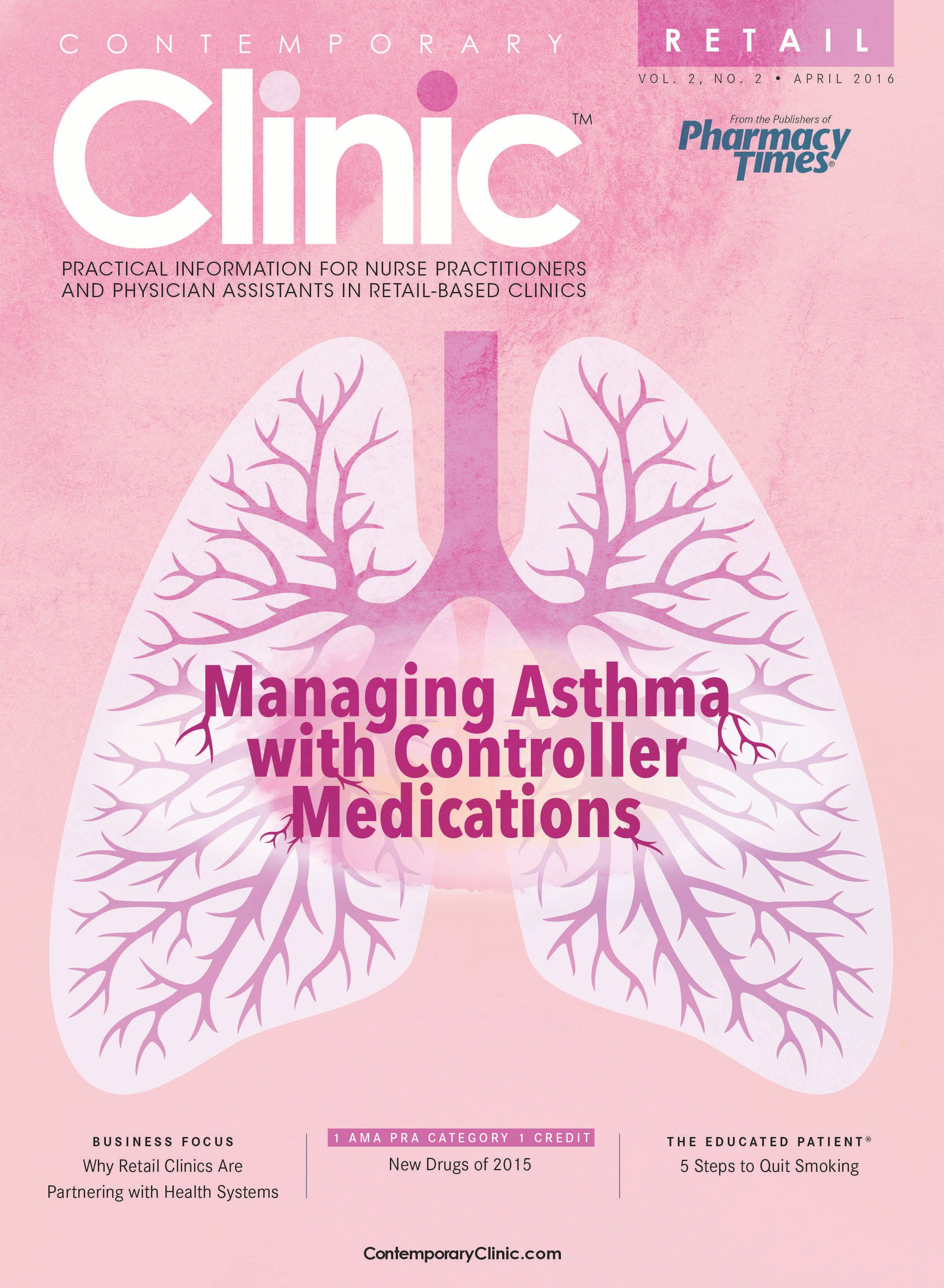Patient-Provider Collaboration Can Control Breakthrough Cancer Pain
A recent study has indicated that impressions of breakthrough pain differ between patients and providers.
An article published in theJournal of Pain and Symptom Managementindicates that impressions of breakthrough pain differ between patients and providers. The study authors recruited inpatients and outpatients 18 years or older with cancer-related pain, expert-determined breakthrough cancer pain, and regular analgesia who were able to complete the study protocol. Patients used a breakthrough pain assessment tool to determine whether their breakthrough pain was adequately controlled and whether they believed their treatment should be changed. Two experienced clinicians examined these patients and filled out similar questionnaires. Patients repeated these questionnaires a week later with an additional question about changes in breakthrough pain control since the week before.
Initially, 35% of patients rated their breakthrough cancer pain as inadequately controlled, but the clinicians’ impressions of inadequate pain control were more than twice that. A slim majority (53%) of patients reported that they needed changes to their treatment, while the providers’ assessments demonstrated that they thought changes were needed in 72% of the cases. If clinicians determined that a change was needed, they made the change.
At follow-up, 62% of patients described their breakthrough cancer pain as improved, and 57% of the clinicians’ responses reflected improvements, as well. The researchers interpreted this to mean that the prescribing clinicians changed the patients’ expectations. Ten patients reported worsened pain, and the clinicians concurred in 9 cases.
Patient-centered care improved pain control even though patient and provider impressions of breakthrough pain were contrary. Patients content with their care saw improvement when their care was approached through the breakthrough pain assessment tool and guided by the patient-centered care approach.

